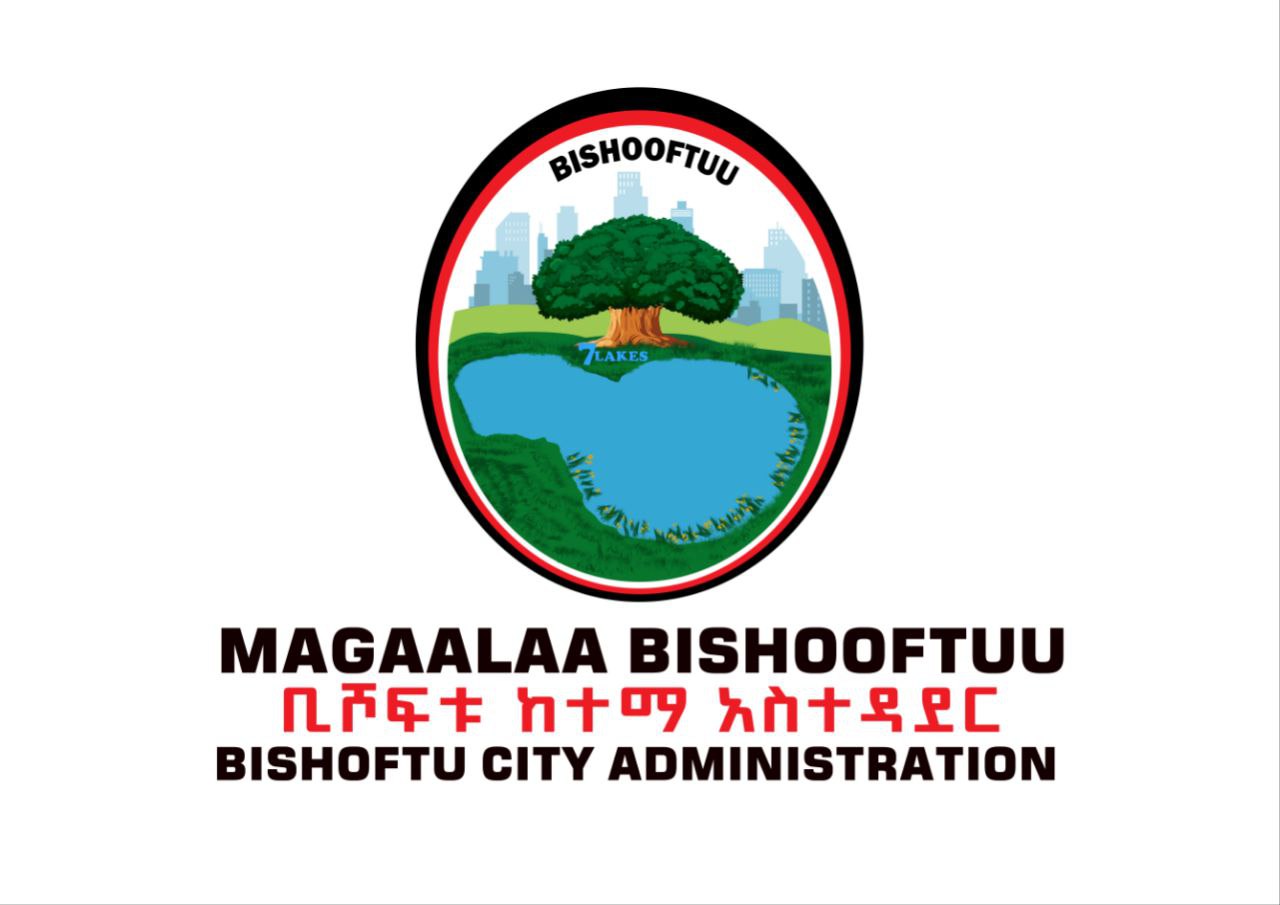History
Historical Background of the City 1.1.Emergence of the City The coming of urban development in Ethiopia began in the late 19th century. There were many factors that accelerate urban development during that time. Among those, political and economic factors can be mentioned. The political and economic developments of this period greatly impacted the status of urbanization in the country. Beside to the internal political developments, the introduction of motor vehicles, the improvements of communications and the introduction of railway significantly impacted the process of urbanization in the country. Above all, the introduction of the Ethio-Djibouti -Railway was a major development of the period that inspired the country’s foreign and domestic trade and resulted in the formulation of a number of towns along the line. Likewise, the emergence of urbanization in large part of Ethiopia in general and specifically to the Oromia Regional State was highly associated with three major historical events which are southward expansion, introduction of Djibouti- Finfinne rail way line and the Italian aggression/1936-1941/ of the country. The construction of this Rail way line took place between the years 1894 and 1917. The rail way provided the first modern link between Ethiopia and the outside world. It became the main channel of foreign trade and the line became Ethiopians umbilical cord with civilization. It also gave birth along the railway line, to new towns such as Dire Dawa, Adama, Modjo, Bishoftu, Dukam,Akaki and other small towns along the line. Based on the above details Bishoftu city is found in east shewa zonal administration and it was found in 1917 with the coming of Ethio –Djibouti railway. The area of present day Bishoftu town and its surroundings was known as Adea. According to Tulama tradition there are different views on the ethnography of the area. Existing sources indicate that Tulama known as Handa, Ilu, and Liban were the three clans had been predominantly inhabited in the area. The name Bishoftu comes from the Afan Oromo language called “Bishaan” which refers to “water”. From the existing of volcanic crater lakes named as, HoraArsade, Babogaya,Bishoftu, Cheleleka /seasonal/, Kilole, Kuriftu and Green Lake. Despite the fact that the historical name of the town linked with the aforementioned reality, post the Italian aggression around 1947 the monarchy had given the name DebreZeit to the town by changing original name and ignoring the cultural heritage of the society up to the Derge regime. However, the name Bishoftu had been thriving among Oromos in the place of DebreZeit so that it renamed as former beginning from the eruption of the new revolution i.e.1991. Gradually, the city had developed from a station center to a large and big city. The Municipality of the city was founded around 1951. On the topic of its growth from since of, 1991-2002 it was the political centre of Adea District. Beginning from 2003 it renamed as first level city with Mayor, Municipality Administer, city Council's and city cabinet members. It has expanded its horizon to reach out to the people and provide diversified socio-economic services including the provision of infrastructure development, affordable housing and sanitation, public parks development, fire and emergency services. For administrative simplicity in real circumstances the city is currently divided in to 14 Kebeles. The city also hosts large institutions such as the Great Ethiopian Air Force, different higher institutions, Agricultural research centers, art galleries and the likes. Bishoftu is a rapidly growing city both in terms of population and economy. One can also see the dynamisms of the city in various aspects. The city has been experiencing a high population growth compared to other cities of the region. Various studies have indicated that rural-urban and urban-urban migration accounts to the high increase in population of the city than the fertility.
